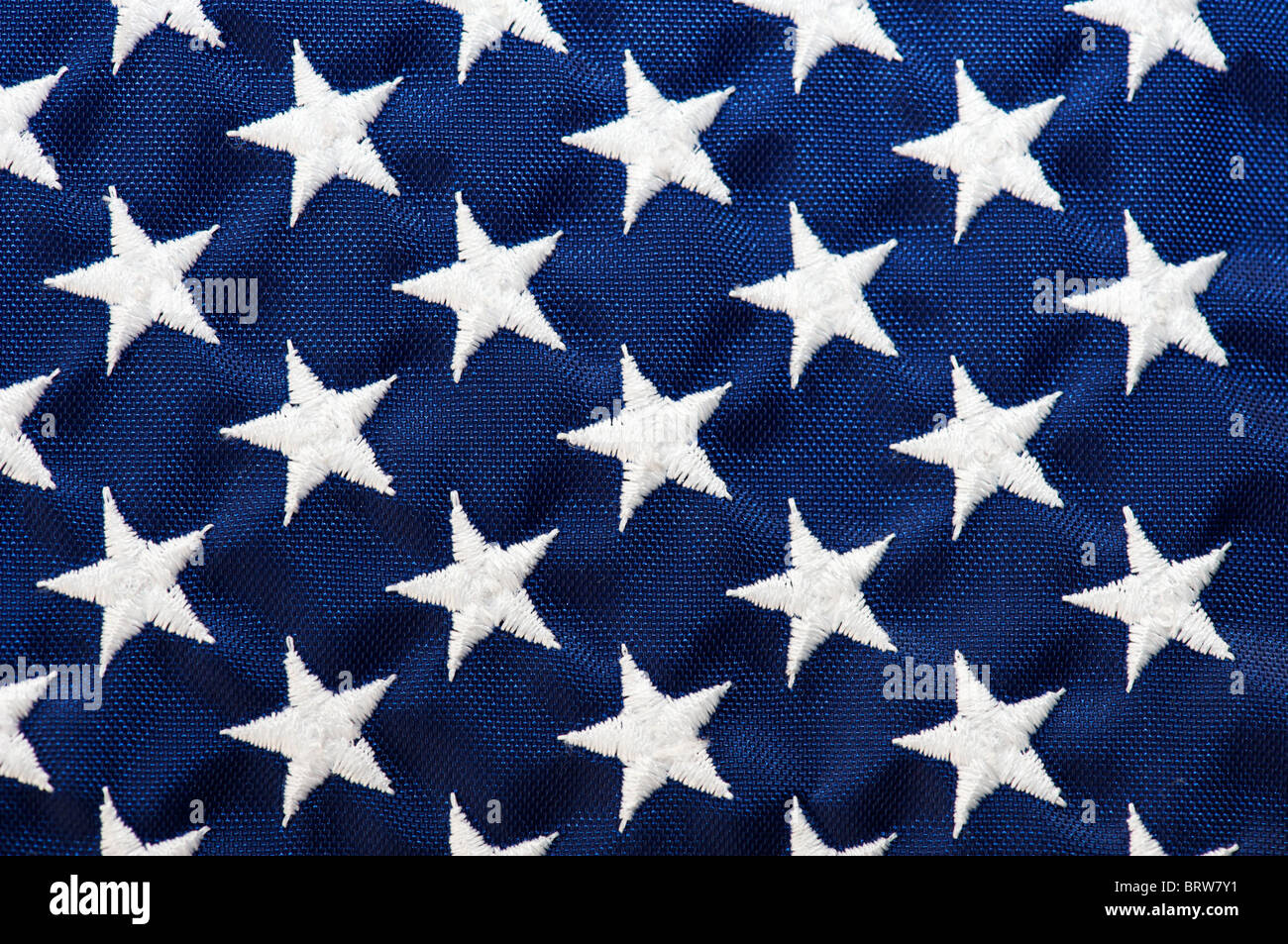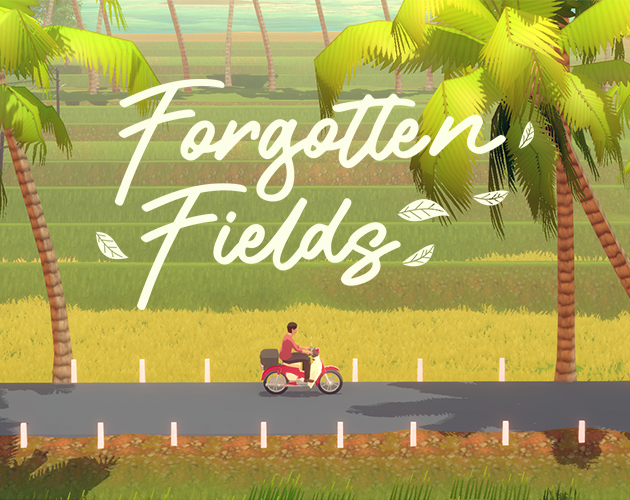
But he was definitely done.Įverything stayed quiet until April 10, 1970, when McCartney announced via a press release that he’d left The Beatles. At a band meeting later that September, John announced that he wanted to leave The Beatles but would stick around through the release of Abbey Road (set for September 26) and the final touch-ups for Let It Be. It had gone so well that John realized that he didn’t need the rest of The Beatles. Everybody was with us and leaping up and down doing the peace sign because they knew most of the numbers anyway, and we did a number called Cold Turkey we’d never done before and they dug it like mad.” “I haven’t felt so alive in years.” Later Lennon said, “The buzz was incredible.

But things ended up working out very, very well. The set almost never happened because Lennon’s stage fright nearly got the best of him. Klaus Voorman created this image that captured the scene. Rehearsals took place at the back of the 707 cabin. Still, his heroes were performing and he’d made a promise.Ĭobbling together a band (Eric Clapton, future Yes drummer Alan White, bass player and artist friend, Klaus Voorman, and wife Yoko Ono), they drove out to Heathrow and found some first-class tickets waiting for them. It would be the first time he’d played before a large audience since 1966 and the first time ever he’s performed without his bandmates. He was terrified of playing live in Toronto. He was in.īut as soon as Lennon hung up the phone, he realized he had a problem. Lennon happened to be in the office and took his call. At 6:30 am Toronto time on Friday, September 13th–the day before the festival–he made a last-ditch call to Apple Records HQ in London. I’ll bet he’d love to come!”ĭesperate, Brower gave it a shot. Why not call up John Lennon? This festival is packed with his musical heroes. Kim Fowley, the weirdo producer who had been hired to be MC for the day, had a radical, insane suggestion. And those funders were getting impatient, too.

And Brower’s original backers, George and Thor Eaton (yes, the department story people) pulled their funding, forcing Brower and partner George Walker to seek, er, alternate funding. To make matters worse, music fans didn’t care. It went well enough for Brower to try it again in September.īased on a similar show held in Detroit late that summer, Brower brought in The Doors, a new group called Alice Cooper (the singer was still known as Vincent Furnier), Chicago (still called Chicago Transit Authority), and a long list of original rock’n’roll stars: Chuck Berry, Jerry Lee Lewis, Gene Vincent, and Little Richard. Toronto promoter John Brower got caught up in festival fever earlier that summer, putting on Toronto Pop Festival ’69 which featured new acts like The Band, Steppenwolf, and The Velvet Underground along with Sly & The Family Stone, Blood Sweat and Tears, Johnny Winter, and about a dozen others.

But also in the mix was The Great Rock’n’Roll Revival in Toronto, a festival that’s largely been forgotten even though it was the thing that eventually broke up The Beatles.

Then there was Altamont, which brought the 60s to a crashing end. The most famous music festival of 1969 was Woodstock, an event that went on to define a generation.


 0 kommentar(er)
0 kommentar(er)
